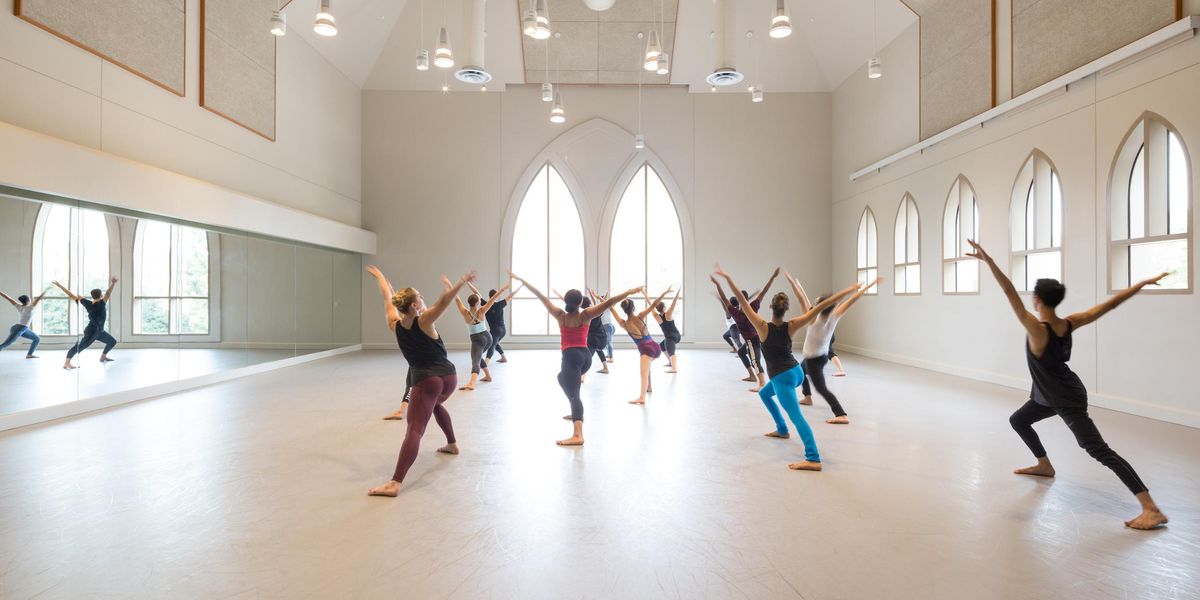Build Your Assets
Dancers face some of the biggest financial challenges of any artists. “You need a place to rehearse and a place to perform, so you have two burdens of rent on top of where you live,” says artist advocate Esther Robinson. “And one of the hidden costs is your body—you can’t work if you get hurt.”
Robinson spent seven years at the Creative Capital Foundation, a nonprofit that provides artists with funding, but she grew frustrated that the foundation was only able to help a few of the thousands who applied. “Artists are told that if their work is good, they will be successful,” she says. “And I didn’t feel like I was witnessing that at all.”
She noticed that the artists with the most longevity were the ones who had some kind of asset, like a home, a business or savings—“something they accumulated along the way that allowed them to ride the ups and downs of their artistic practice.” So she founded ArtHome to help artists learn how to manage their money and build those assets.
Robinson encourages artists to become self-sufficient, offering these seven tips.
Embrace Your Second Job
“See secondary forms of income as part of your practice, as something you’re proud of. You don’t need to use the ways you make money to prove that you’re a dancer. If you don’t know what to do, pull together your friends and mentors and ask, ‘What do you suggest, knowing me and my skills?’ Make your mantra: ‘Least amount of time, most amount of money.’ ”
Use Your Irregular Schedule
“Seasonal and episodic incomes are hard to manage, but embrace them. Is there a way that for some part of the year you can drop out and just make money? Is there something you can do in off-hours?”
Don’t Over-Create
“Choreographers: Instead of making as much work as possible, focus on quality and be more tactical about what you do produce. Make sure the right people are invited, and make sure you have time to invite those people. You can’t be practical with too much output. Money issues are often a sign of overproducing.”
Find Your Saving Style
“There are a couple ways to start saving: Take an automatic withdrawal out of your checking account every month, or take whole chunks of money that enter your income stream (like a tax refund, commission or gift) and divert those to savings.”
Build an Emergency Fund
“When you’re working on your taxes, and you’ve broken down your income and expenses, look at the ‘miscellaneous’ category—this is where emergency expenses often show up. Most people spend between $2,500 and $5,000 per year on emergencies. The key is to always have enough cash on the side to cover these moments so they don’t become debt.”
Improve Your Credit Score
“A good credit score means all the money you borrow is at the lowest rate possible. If you want to purchase anything big like a house or a car, you will want (and sometimes even need) a good credit score.”
Think Long-term
“Home ownership is right for a certain kind of person, and it depends on where you live. Some people won’t cross that threshold, so they need to save at a higher rate because they won’t have an asset they could live in, borrow from or sell when they retire.”




